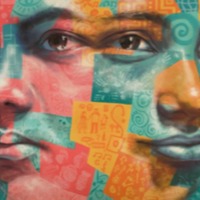
Josephine
There are an estimated 328,000 people living in conditions of slavery in Kenya (GSI 2018). Men, women and children are subjected to exploitation amounting to modern slavery in forced labour and sex trafficking. Children are often subjected to forced labour in domestic service, agriculture, fishing, cattle herding, street vending and begging. They are also victims of commercial sexual exploitation throughout the country, in khat cultivation areas, near gold mines and along the highway and Lake Victoria. Moreover, those residing in Kenya's largest refugee camp Dadaab are often vulnerable. Men and women are often lured by employment agencies offering attractive job opportunities, then find themselves trapped in domestic servitude, massage parlors and brothels or forced manual labour.To escape forced marriage, Josephine ran away from home in 2009 and found refuge at House of Hope, a home for rescued girls. She is now a trainee lawyer with an interest in human rights.
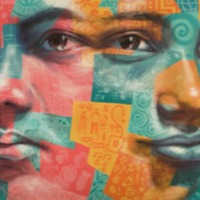
Helena Kaitira
There are an estimated 328,000 people living in conditions of slavery in Kenya (GSI 2018). While Kenya has committed to eliminate child, early and forced marriage by 2030 in line with target 5.3 of the UN Sustainable Development Goals, 23% of Kenyan girls are still married before their 18th birthday. According to UNICEF, Kenya has the 20th highest absolute number of child brides in the world. Forced child marriage is driven by gender inequality with the belief that girls are inferior to boys. It is exacerbated by poverty, natural disasters and cultural traditions such as female genital mutilation and Samburu whereby a close family relative will approach a girl’s parents with red Samburu beads and place the necklace around the girl’s neck as a form of engagement. Helena Kaitira was abducted when she tried to run away from her aunt, who was mistreating her. She was hidden in Kenya for four years and forced to marry an older man. With help of her father and Kivulini, she is now back in school.
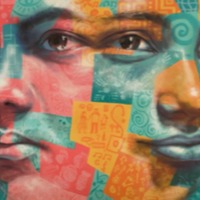
Agol Chan Gop
There are an estimated 465,000 people living in modern slavery in Sudan (GSI 2018). Between 1983 and 2005, the central government of Sudan enslaved tens of thousands of black South Sudanese Christian and traditionalist people. It was part of a genocidal war against South Sudan, with a simple aim: to force South Sudan to become Arab and Muslim. Agol Chan Gop was kidnapped as a young girl and forced to be the wife of a man named Ibrahim. Agol was forced to do all the housework and was raped repeatedly, having two children by Ibrahim. Agol was also subjected to forced female circumcision and had her children taken away from her.
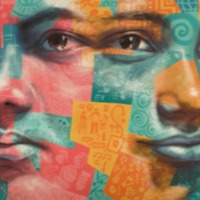
Abuk Garang Thiep
There are an estimated 465,000 people living in modern slavery in Sudan (GSI 2018). Between 1983 and 2005, the central government of Sudan enslaved tens of thousands of black South Sudanese Christian and traditionalist people. It was part of a genocidal war against South Sudan, with a simple aim: to force South Sudan to become Arab and Muslim. Abuk Garang Thiep was taken from South Sudan in 1997 and forced to work for her master, cooking and washing his clothes. Abuk was also subjected to forced female circumcision and forced her to marry an Arab man. Abuk was rescued by a slave retriever but forced to leave her children behind.
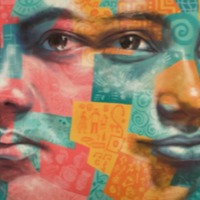
Ayak Piol Mabior
There are an estimated 465,000 people living in modern slavery in Sudan (GSI 2018). Between 1983 and 2005, the central government of Sudan enslaved tens of thousands of black South Sudanese Christian and traditionalist people. It was part of a genocidal war against South Sudan, with a simple aim: to force South Sudan to become Arab and Muslim. Ayak Piol Mabior was abducted from South Sudan with her mother and siblings and taken to the North. Her two brother died on the journey and Ayak was separated from the rest of her family upon arrival. Ayak was subjected to physical abuse and sexual violence on a regular basis. Ayak met a free worker named Rau and secretly became his wife, running away to Rau’s house when she became pregnant.
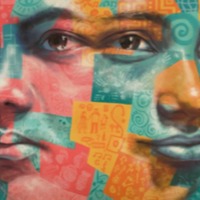
Amel Dor Manyuol
There are an estimated 465,000 people living in modern slavery in Sudan (GSI 2018). Between 1983 and 2005, the central government of Sudan enslaved tens of thousands of black South Sudanese Christian and traditionalist people. It was part of a genocidal war against South Sudan, with a simple aim: to force South Sudan to become Arab and Muslim. Amel Dor Manyuol was taken by the murahileen in 2000. Amel was forced to work in the home of one of her kidnappers in the North and was subjected to beatings on a regular basis. Amel was also raped and subjected to forced female genital mutilation.
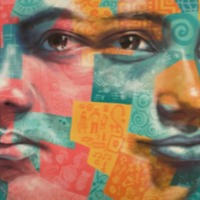
Abuk Alieu Yom
There are an estimated 465,000 people living in modern slavery in Sudan (GSI 2018). Between 1983 and 2005, the central government of Sudan enslaved tens of thousands of black South Sudanese Christian and traditionalist people. It was part of a genocidal war against South Sudan, with a simple aim: to force South Sudan to become Arab and Muslim. Abuk Alieu Yom was abducted by slave raiders as a child. When she arriaved in North she was sold to a man named Abdullah who forced her to work in the house and subjected her to beatings. She was renamed and forced to pray like a Muslim. Abuk was forced to undergo female circumcision and marry. She was eventually able to escape with the help of a slave retriever.
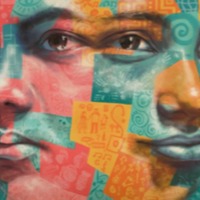
Tenneh
Female genital mutilation (FGM) remains widespread across many developing countries and has affected an estimated 140 million girls across Africa and parts of the Middle East and Asia. In Sierra Leone it is considered a traditional practice as part of initiation in to secret women’s societies known as Bondo, with nine out of ten women and girls having been cut. Membership marks a girls’ transition into womanhood and they receive training in their roles as wives and mothers. While FGM is therefore seen as a societal norm, it has internationally been considered a violation of human rights. As a result, the country faces pressure to pass laws against its practice. Tenneh was subjected to female genital mutilation at the age of 8 years old in Sierra Leone in order to prepare her for marriage.
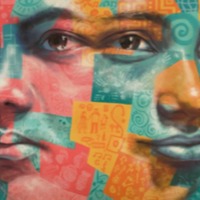
Pion H
In Tanzania, 4 out of 10 girls are married before their 18th birthday. A study by the United Nations Population Fund (UNFPA) estimated that 37 percent of Tanzanian women aged 20−24 years were first married or in union before the age of 18, between 2000−2011. Early marriage remains a significant problem in Sub-Saharan Africa, with UNICEF predicting that half of the world’s child brides will be African by 2050. Pion H. was 10-years-old and in her second year of primary school when her grandmother told her she was to undergo FGM and get married.
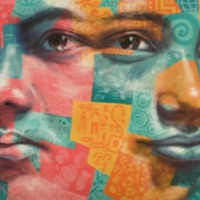
Abuk A.
Thousands of women and children were taken into slavery during the decades of Sudan’s civil war, mainly from Northern Bahr El Ghazal and the Nuba Mountains. Slave-taking was revived in 1985 by the National Islamic government of Sudan primarily as a weapon against counterinsurgents in the South, and secondarily a way to reimburse its surrogate soldiers for neutralizing this threat. In 1989 the government created the Popular Defense Forces (PDF), militia trained to raid villages and take people as slaves. PDF recruits were allowed to keep whoever they captured, along with booty of grain and cattle. One study documents 12,000 abductions by name, while NGOs offer estimates ranging from 15,000 to 200,000. The slaves were often moved to large towns in the north on week-long journeys during which the women were repeatedly raped, and then sold to new masters who used them without pay for farming and sexual services. The peace process brought these PDF abductions to an end, but inter-tribal abductions continue in Southern Sudan. In addition, Sudanese children are used by rebel groups in the ongoing conflict in Darfur; Sudanese boys from the country’s eastern Rashaida tribe continue to be trafficked to the Middle East for use as camel jockeys; the rebel organization “Lord’s Resistance Army” has forcibly conscripted children in Southern Sudan for use as combatants in its war against Uganda; and the institution of chattel slavery continues in southern Darfur and southern Kordofan.